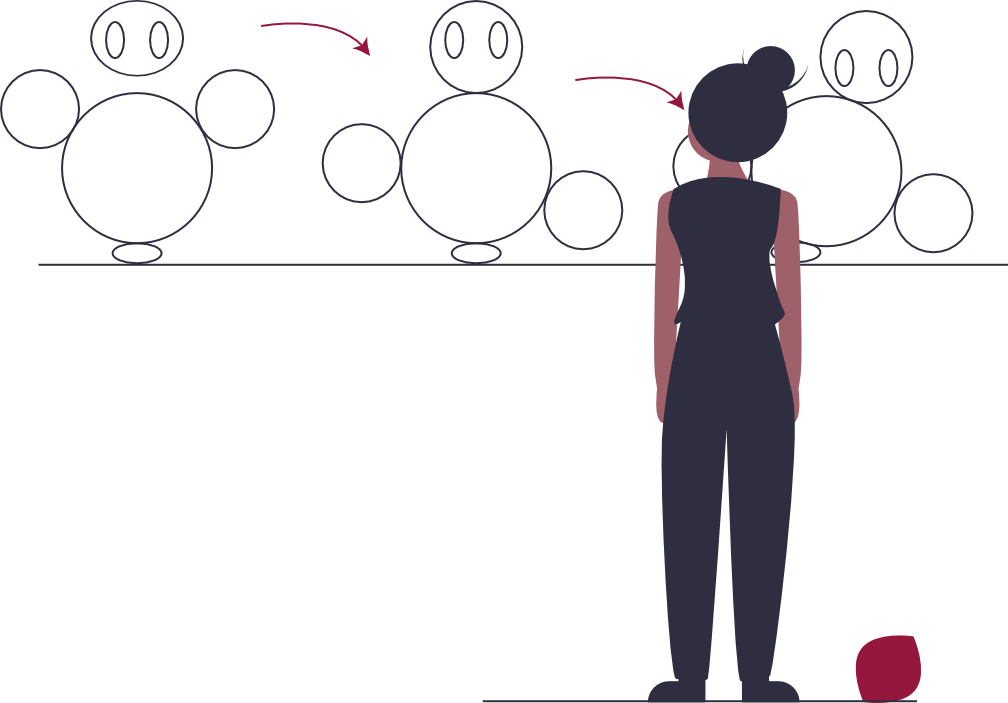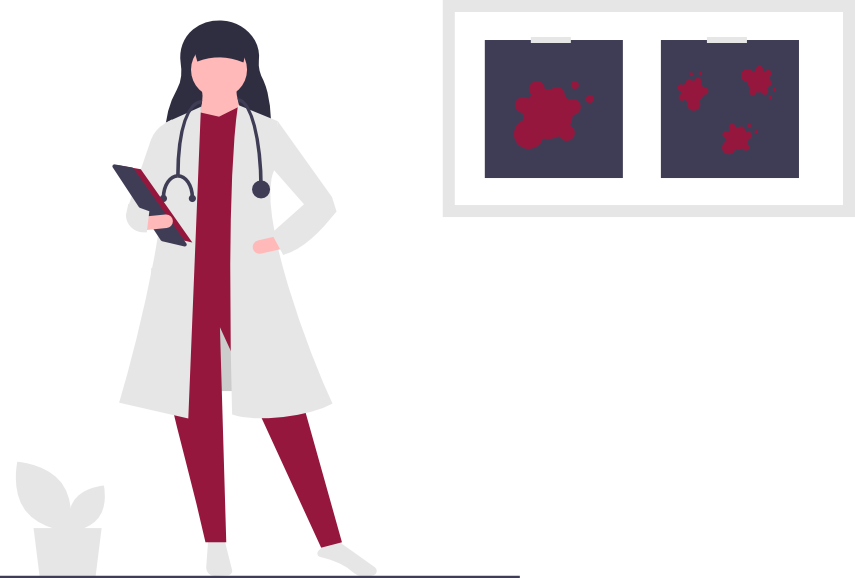The ultimate goal is to Replace animal testing wherever possible with suitable alternative methods or new, animal-free approach methods (so-called NAMs – New Approach Methodologies). Where this is not possible at the present time, the aim is to conduct as few animal experiments as possible (Reduction) and to reduce the burden on animals in the process by continuously developing the methods (Refinement).
3R-Info
The 3R-Principle

Legal Basis
Animal experiments are generally subject to approval. In the European Union and thus also in Germany, animal experiments are regulated by the Directive EU (2010/63/EU) which was enacted by the European Parliament in 2010 to protect animals used for scientific purposes. According to the Animal Protection Act, animal experiments may only be approved if new knowledge can be gained exclusively by this method, the use of the animals is unavoidable/indispensable and the requested experiments are ethically justifiable. Furthermore, in the course of the procedure it must be checked whether there are any suitable alternative methods or procedures available that can answer the underlying question of the researchers.

Animal Testing Numbers in Germany
According to the Federal Institute for Risk Assessment (Bundesinstitut für Risikobewertung, BfR), approximately 2.4 million experimental animals were used for scientific research purposes in the Federal Republic of Germany in 2022, such as basic research, the development of drugs or disease research. The total number of animals used for scientific purposes and the total number of animals killed for scientific purposes were recorded.

Baden-Württemberg’s Responsibility as Important Biomedical Research Location
As an important location for biomedical research, Baden-Württemberg bears a special responsibility for the protection of laboratory animals and the application of the internationally recognized 3R-Principle, which is also anchored in the German Animal Protection Act, in all fields of research which involve animal experiments.
In order to meet this special responsibility, the Baden-Württemberg’s Ministry of Science, Research and the Arts (MWK) among other things, the establishment of the 3R-Network Baden-Württembergin which the 3R-Center Tübingen as a state-wide cross-sectional center is committed to bring together researchers and to collaborate closely with decision-makers in regulatory authorities and politics as well as with potential users of these substitutes and alternative methods. This should enable researchers in the country to answer their scientific questions using modern and complex in vitro models without having to use laboratory animals.

Alternatives to Animal Testing
The structure and biochemical processes in a living organism are extremely complex and differ greatly between different species. It is not uncommon for experiments on different animal breeds to yield contradictory results, for example in the testing of drugs and active substances. One of the best-known examples of this effect is probably the headache drug Aspirin® which causes severe health damage in animals like cats, dogs, monkeys, mice, rabbits and rats while humans mostly tolerate the active ingredient very well. Consequently, Aspirin® is one of the most prescribed drugs for headache patients.
In order to overcome the poor transferability of animal testing data to humans and to adequately simulate the human organism, a wide variety of in vitro models and novel replacement- and supplementation methods are available in the “Replace” focus area which allow animal testing to be replaced by alternative methods.
Alternative methods, especially those based on human cells and thus also on human genes, can already provide more reliable information about the effects of active substances on humans than studies which are based on laboratory animals. Since alternative methods have a reduced complexity compared to an animal organism and since usually only one or a few biological aspects can be investigated at a time, individual alternative and supplementary methods are often combined in order to be able to guarantee a reliable experimental result.
Become part of the Network!
Do you have questions about the 3R-Center Tübingen or the 3R-Network Baden-Württemberg?
Dr. Silke Riegger



